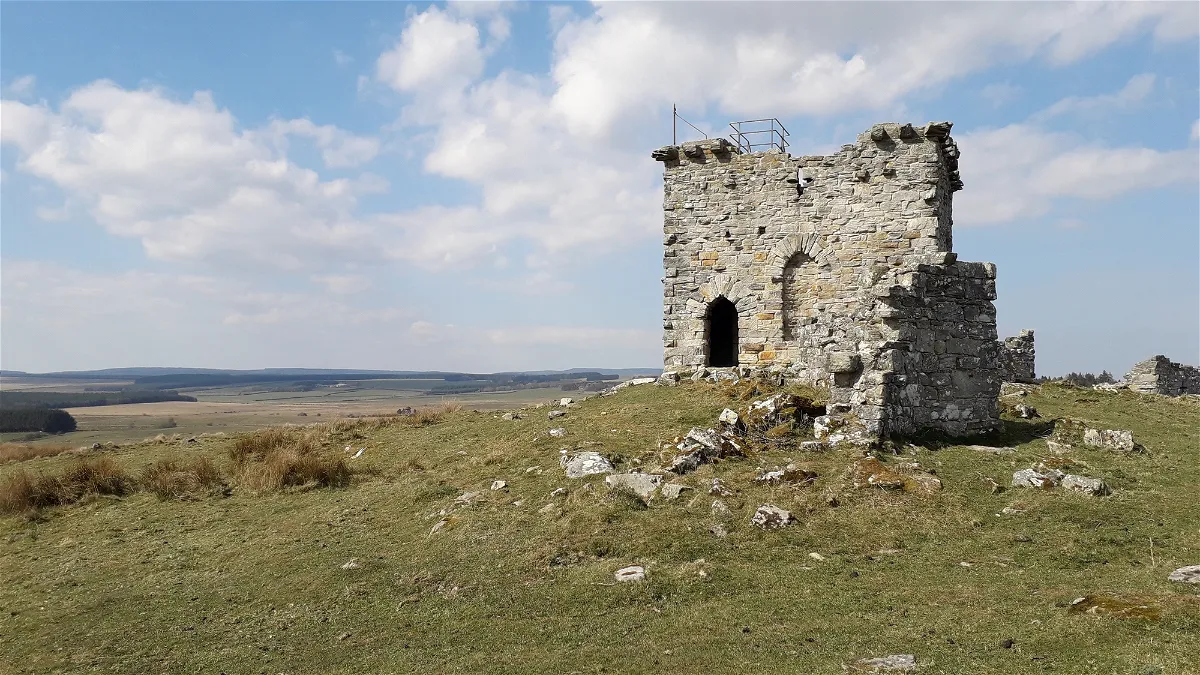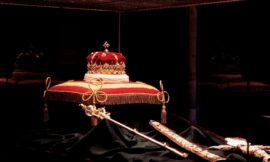Rothley Castle, nestled within the picturesque countryside of Northumberland, stands as a silent sentinel, bearing witness to centuries of history and intrigue. While today it may be little more than a ruin, its crumbling walls and weathered stones tell the tale of a once formidable fortress that played a pivotal role in the tumultuous events of medieval England.
Perched atop a gentle rise overlooking the surrounding landscape, Rothley Castle commands attention with its imposing presence. Originally constructed in the 12th century, during the tumultuous reign of King Henry II, the castle was built to assert control over the borderlands between England and Scotland. Its strategic location made it a key defensive stronghold, guarding against incursions from the north while also serving as a symbol of power and authority.
The early history of Rothley Castle is shrouded in mystery, with few records remaining to shed light on its origins. However, it is believed to have been built by the De Umfraville family, powerful nobles who held sway over the region during the medieval period. The castle likely began as a simple motte-and-bailey structure, consisting of a wooden keep atop a raised earthwork surrounded by a protective ditch and palisade.
Over the centuries, Rothley Castle underwent numerous alterations and expansions, reflecting the changing fortunes of its owners. The original wooden fortifications were gradually replaced with stone, providing greater strength and durability. Towers were added, walls were reinforced, and living quarters were expanded to accommodate the needs of the castle’s inhabitants.
Despite its formidable defenses, Rothley Castle was not impervious to attack. During the border conflicts that ravaged the region for centuries, it saw its fair share of sieges and skirmishes. In 1513, during the reign of King Henry VIII, the castle was besieged by Scottish forces during the War of the League of Cambrai. Although the defenders held out for a time, they were eventually forced to surrender, and the castle fell into Scottish hands.
Following the union of the crowns of England and Scotland in 1603, Rothley Castle’s strategic significance diminished, and it gradually fell into disrepair. By the 18th century, it was little more than a ruin, its once-mighty walls reduced to rubble by the passage of time and the elements.
Today, Rothley Castle stands as a haunting reminder of a bygone era. While its grandeur may have faded, its historical significance endures, attracting visitors from far and wide who come to marvel at its weathered beauty and ponder the secrets of its past. Surrounded by rolling hills and verdant meadows, it serves as a poignant symbol of the enduring legacy of medieval England and the indomitable spirit of those who called it home.



